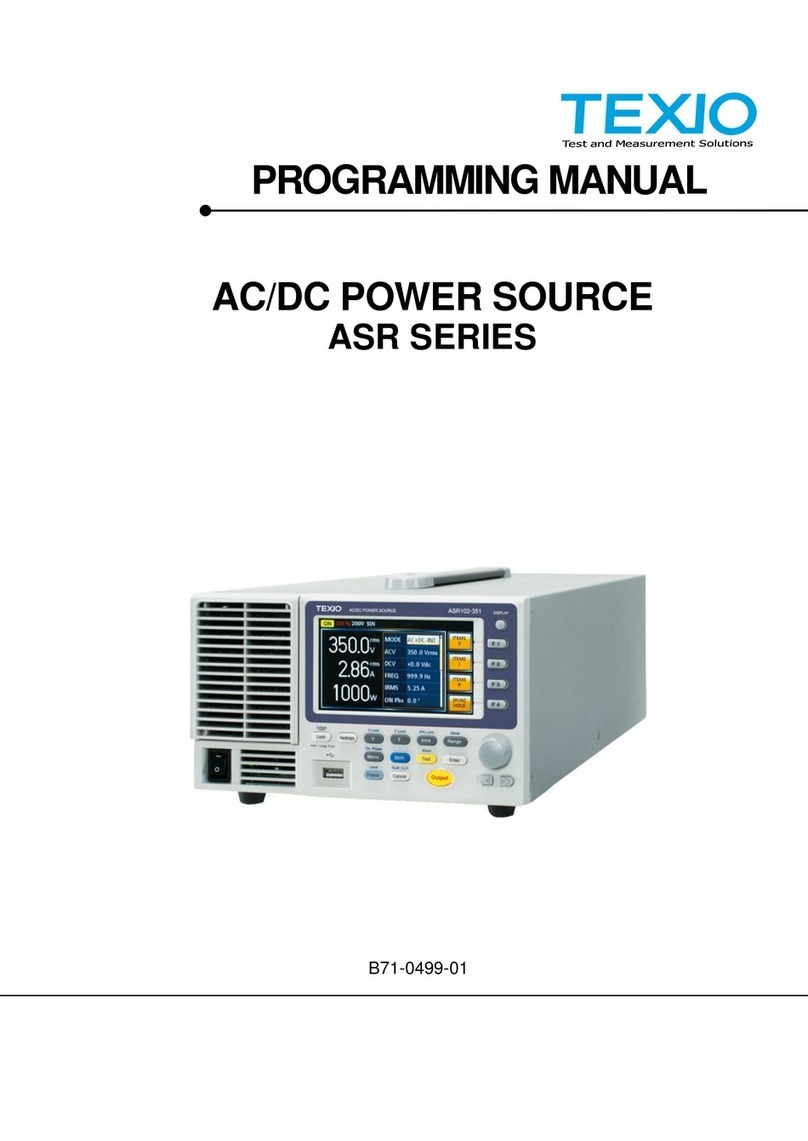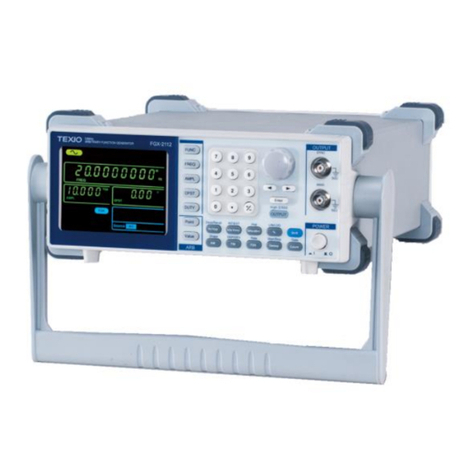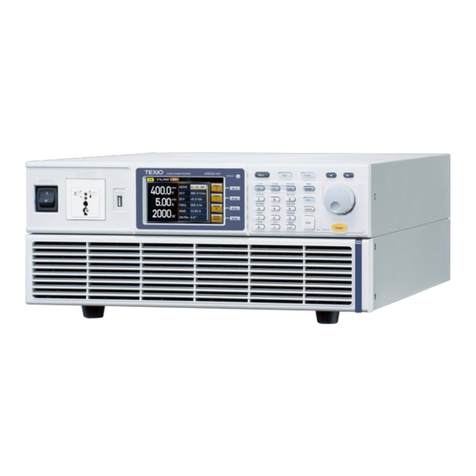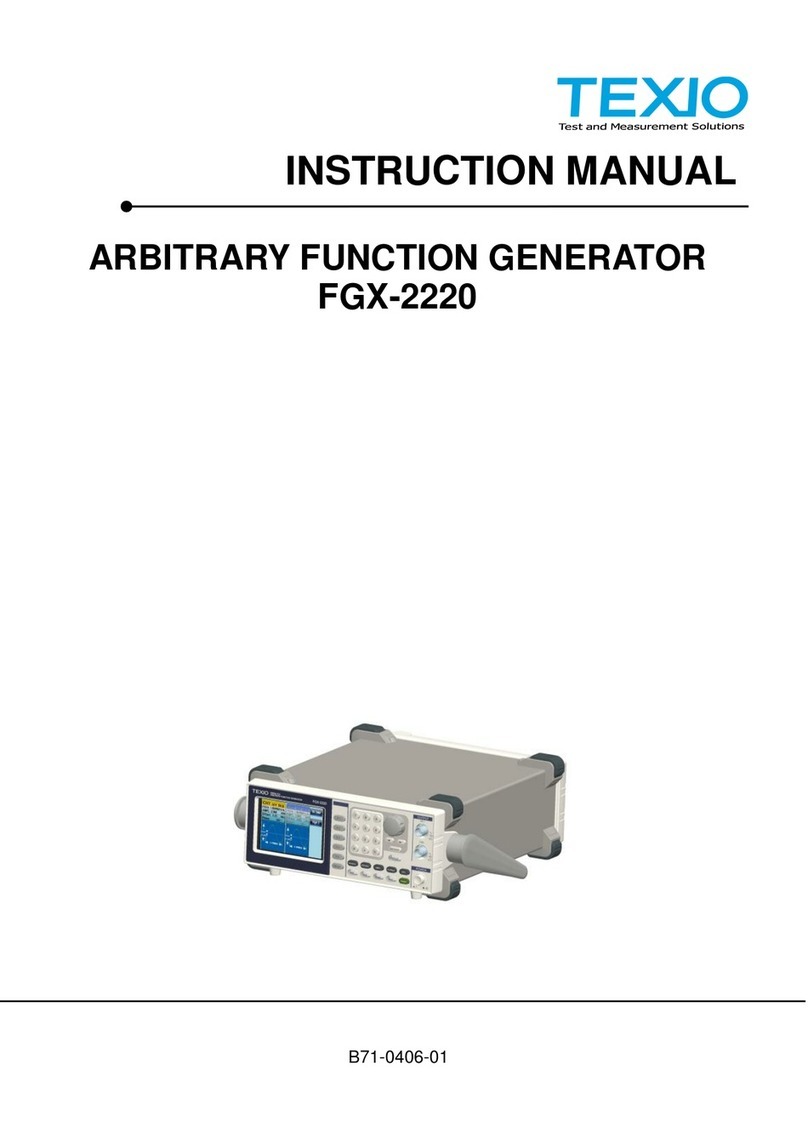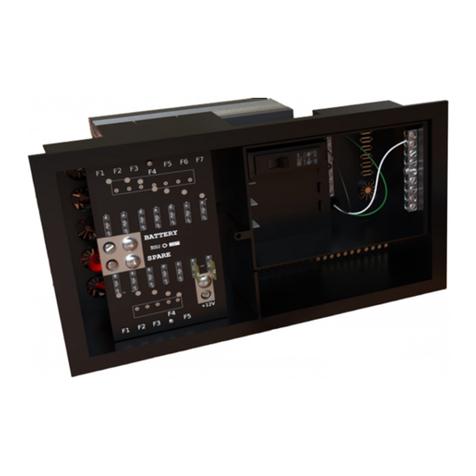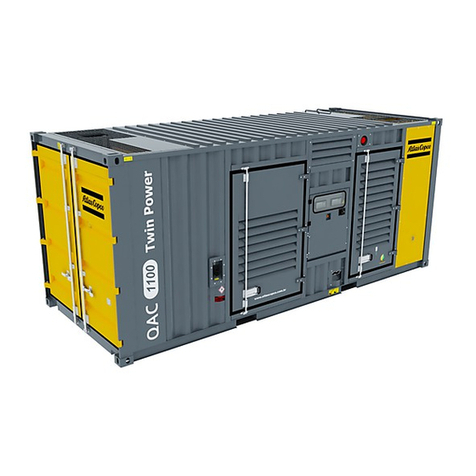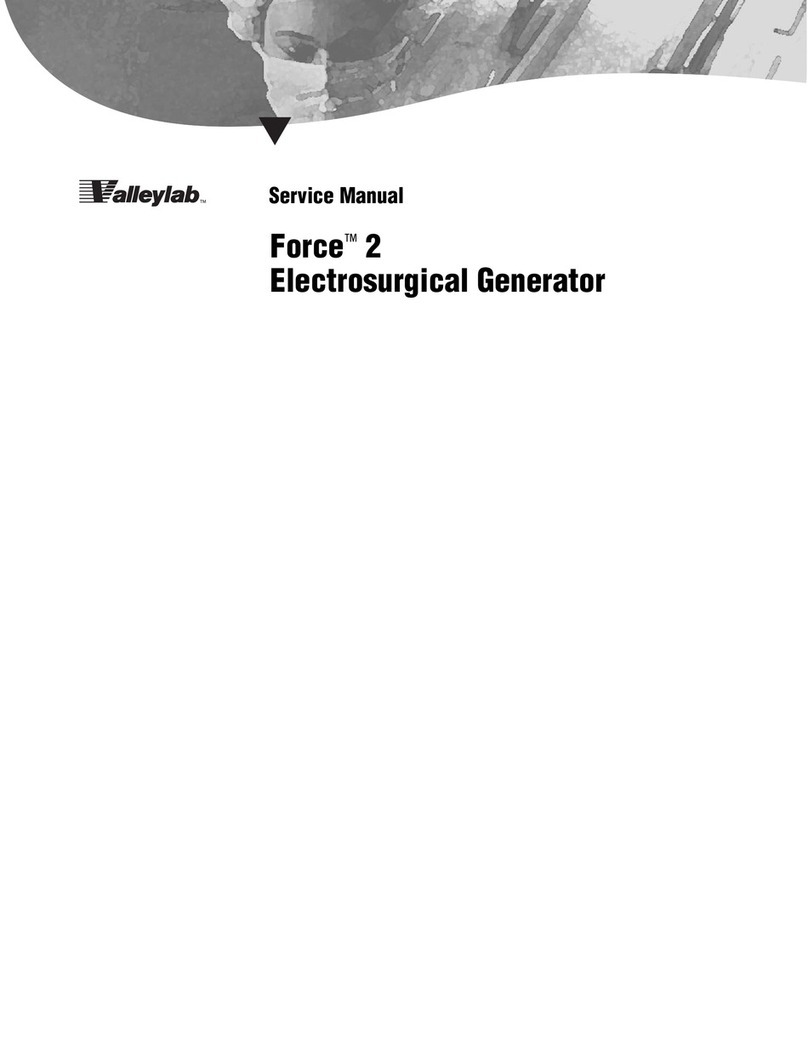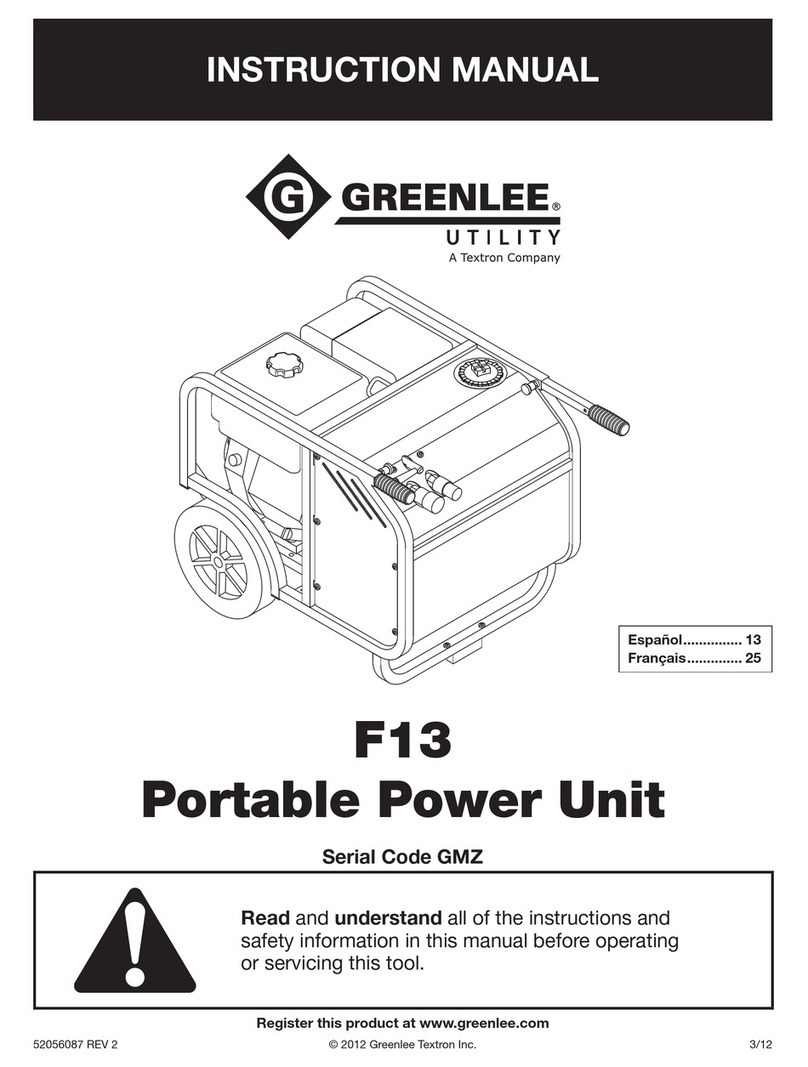TEXIO ASR Series User manual

B71-0497-01
INSTRUCTION MANUAL
AC/DC POWER SOURCE
ASR SERIES
ASR501-351
ASR102-351
ASR501-351G
ASR102-351G

■ About Brands and Trademarks
“TEXIO” is the product brand name of our industrial electronic devices.
All company names and product names mentioned in this manual are the
trademark or the registered trademark of each company or group in each
country and region.
■ About the Instruction Manual
Permission from the copyright holder is needed to reprint the contents of this
manual, in whole or in part. Be aware that the product specifications and the
contents of this manual are subject to change for the purpose of
improvement.
■ About firmware version
This user manual is required firmware version 1.07 or higher.

CONTENTS
1. GETTING STARTED .............................................1
1-1. ASR Series Overview....................................1
1-1-1. Series lineup....................................................................1
1-1-2. Operating Area ................................................................2
1-1-3. Main Features..................................................................4
1-1-4. Accessories .....................................................................5
1-2. Appearance ..................................................6
1-2-1. Front Panel ......................................................................6
1-2-2. Rear Panel.....................................................................11
1-2-3. Status Bar Icons ............................................................15
1-3. Theory of Operation ....................................16
1-3-1. Glossary.........................................................................16
1-3-2. Alarms............................................................................18
1-3-3. Considerations...............................................................20
1-3-4. Grounding......................................................................22
2. OPERATION.......................................................23
2-1. Set Up........................................................23
2-1-1. Power Up .........................................................................23
2-1-2. How to Use the Instrument ..............................................24
2-1-3. Output Terminals..............................................................27
2-1-4. Installing GET-003 Box Series.........................................30
2-1-5. Using the Rack Mount Kit.................................................34
2-1-6. Reset to Factory Default Settings ....................................36
2-1-7. View Firmware Version and Serial Number.....................37
2-1-8. LCD Configuration............................................................38
2-1-9. USB Driver Installation.....................................................39
2-1-10. Air filter Installation.........................................................41
2-1-11. Wire Gauge Considerations...........................................43

2-2. Menu Tree ..................................................45
2-2-1. Main Page......................................................................46
2-2-2. Function Keys................................................................47
2-2-3. Menu..............................................................................49
3. Basic Operation ................................................50
3-1. Basic setting...............................................50
3-1-1. Select the Output Mode ...................................................50
3-1-2. Select the Voltage Range ................................................51
3-1-3. Select the Output Waveform............................................52
3-1-4. Setting the Output Voltage Limit ......................................53
3-1-5. Setting the Output AC/DC Voltage & Gain.......................57
3-1-6. Setting the Frequency Limit .............................................61
3-1-7. Setting the Output Frequency & Signal............................64
3-1-8. Setting the Peak Current Limit.........................................66
3-1-9. Setting the Output Current Level .....................................69
3-1-10. Setting the Output On Phase.........................................71
3-1-11. Setting the Output Off Phase.........................................73
3-1-12. Switch the Display Modes..............................................75
3-1-13. Using the Measurement Function..................................78
3-1-14. Switch the Measurement Format...................................81
3-1-15. Panel Lock .....................................................................83
3-1-16. Alarm Clear ....................................................................84
3-1-17. Turning the Output On/Off..............................................85
3-2. Advanced Settings ......................................86
3-2-1. Using the Remote Sense Function................................86
3-2-2. Preset Settings ..............................................................89
4. EXTERNAL CONTROL .......................................94
4-1. Using External Control I/O...........................94
4-2. Using External Signal Input Function............96
4-2-1. EXT GAIN - AC+DC-EXT and AC-EXT mode...............97
4-2-2. EXT ADD - AC+DC-ADD and AC-ADD mode...............98

4-2-3. EXT Sync - AC+DC-Sync and AC-Sync mode..............98
4-3. Arbitrary Waveform .....................................99
4-3-1. Compiling Arbitrary Waveform Input..............................99
4-3-2. Manage Arbitrary Waveform Settings..........................106
5. MISCELLANEOUS............................................109
5-1. T Ipeak, hold.............................................109
5-2. IPK CLR ................................................... 110
5-3. Power ON..................................................111
5-4. Buzzer...................................................... 112
5-5. Remote Sense .......................................... 113
5-6. Slew Rate Mode........................................ 116
5-7. Output Relay ............................................ 117
5-8. THD Format.............................................. 118
5-9. External Control I/O ..................................120
5-10.V Unit.......................................................121
6. TEST MODE FUNCTION...................................123
6-1. Sequence Mode........................................123
6-1-1. Sequence Mode Overview...........................................123
6-1-2. Sequence Settings.......................................................129
6-1-3. Save a Sequence to Local Memory.............................134
6-1-4. Recall a Sequence from Local Memory.......................134
6-1-5. Manage Sequence Settings ........................................135
6-1-6. Running a Sequence...................................................140
6-2. Simulate Mode..........................................142
6-2-1. Simulate Mode Overview.............................................142
6-2-2. Simulate Settings.........................................................146
6-2-3. Save a Simulation to Local Memory............................150
6-2-4. Recall a Simulation from Local Memory......................150
6-2-5. Manage Simulation Settings........................................151
6-2-6. Running a Simulation...................................................154
7. COMMUNICATION INTERFACE ........................156
7-1. Interface Configuration..............................156

7-1-1. Configure Ethernet Connection ...................................156
7-1-2. USB Remote Interface.................................................158
7-1-3. USB Remote Control Function Check.........................159
7-1-4. RS-232C Remote Interface (G type)...........................160
7-1-5. RS-232C Remote Control Function Check..................162
7-1-6. Using Realterm to Establish a Remote Connection ....163
7-1-7. GP-IB Remote Interface (G type) ................................166
7-1-8. GP-IB Function Check.................................................167
7-1-9. Web Server Remote Control Function Check .............170
7-1-10. Socket Server Function Check....................................171
8. FAQ ................................................................. 176
9. APPENDIX .......................................................177
9-1. Firmware Update ......................................177
9-2. Factory Default Settings ............................179
9-3. Error Messages & Messages .....................183
9-4. Specifications ...........................................189
9-4-1. Electrical specifications................................................189
9-4-2. General Specifications.................................................193
9-4-3. Others..........................................................................194
9-4-4. External Signal Input (AC+DC-EXT, AC-EXT Mode)..194
9-4-5. External Signal Input (AC+DC-ADD, AC-ADD Mode).195
9-4-6. External Synchronous Signal or Line (AC+DC-SYNC, AC-
SYNC)....................................................................................196
9-5. ASR Dimensions.......................................197

I
USING THE PRODUCT SAFELY
■ Preface
To use the product safely, read instruction manual to the end. Before using this
product, understand how to correctly use it. If you read the manuals but you do
not understand how to use it, ask us or your local dealer. After you read the
manuals, save it so that you can read it anytime as required.
■ Pictorial indication
The manuals and product show the warning and caution items required to
safely use the product. The following pictorial indication is provided.
Pictorial
indication
Some part of this product or the manuals may show this
pictorial indication. In this case, if the product is incorrectly
used in that part, a serious danger may be brought about
on the user's body or the product. To use the part with this
pictorial indication, be sure to refer to the manuals.
WARNING
!
If you use the product, ignoring this indication, you may get
killed or seriously injured. This indication shows that the
warning item to avoid the danger is provided.
CAUTION
!
If you incorrectly use the product, ignoring this indication,
you may get slightly injured or the product may be
damaged. This indication shows that the caution item to
avoid the danger is provided.
Please be informed that we are not responsible for any damages to the user or
to the third person, arising from malfunctions or other failures due to wrong use
of the product or incorrect operation, except such responsibility for damages as
required by law.

II
USING THE PRODUCT SAFELY
WARNING
!
CAUTION
!
■ Do not remove the product's covers and panels
Never remove the product's covers and panels for any purpose.
Otherwise, the user's electric shock or fire may be incurred.
■ Warning on using the product
Warning items given below are to avoid danger to user's body and life and
avoid the damage or deterioration of the product. Use the product, observing
the following warning and caution items.
■ Warning items on power supply
● Power supply voltage
The rated power supply voltages of the product are 100VAC. The rated
power supply voltage for each product should be confirmed by reading the
label attached on the back of the product or by the “rated” column shown in
the instruction manual. The specification of power cord attached to the
products is rated to 125VAC for all products which are designed to be used
in the areas where commercial power supply voltage is not higher than
125VAC. Accordingly, you must change the power cord if you want to use
the product at the power supply voltage higher than 125VAC. If you use the
product without changing power cord to 250VAC rated one, electric shock or
fire may be caused. When you used the product equipped with power supply
voltage switching system, please refer to the corresponding chapter in the
instruction manuals of each product.
● Power cord
(IMPORTANT) The attached power cord set can be used for
this device only.
If the attached power cord is damaged, stop using the product and call us
or your local dealer. If the power cord is used without the damage being
removed, an electric shock or fire may be caused.
● Protective fuse
If an input protective fuse is blown, the product does not operate. For a
product with external fuse holder, the fuse may be replaced.As for how to
replace the fuse, refer to the corresponding chapter in the instruction
manual. If no fuse replacement procedures are indicated, the user is not
permitted to replace it. In such case, keep the case closed and consult us
or your local dealer. If the fuse is incorrectly replaced, a fire may occur.

III
USING THE PRODUCT SAFELY
■ Warning item on Grounding
If the product has the GND terminal on the front or rear panel surface, be sure
to ground the product to safely use it.
■ Warnings on Installation environment
● Operating temperature and humidity
Use the product within the operating temperature indicated in the “rating”
temperature column. If the product is used with the vents of the product
blocked or in high ambient temperatures, a fire may occur. Use the product
within the operating humidity indicated in the “rating” humidity column.
Watch out for condensation by a sharp humidity change such as transfer to a
room with a different humidity.Also, do not operate the product with wet
hands. Otherwise, an electric shock or fire may occur.
● Use in gas
Use in and around a place where an inflammable or explosive gas or steam
is generated or stored may result in an explosion and fire. Do not operate the
product in such an environment. Also, use in and around a place where a
corrosive gas is generated or spreading causes a serious damage to the
product. Do not operate the product in such an environment.
● Installation place
Do not insert metal and inflammable materials into the product from its vent
and spill water on it. Otherwise, electric shock or fire may occur.
■ Do not let foreign matter in
Do not insert metal and inflammable materials into the product from its vent
and spill water on it. Otherwise, electric shock or fire may occur.
■ Warning item on abnormality while in use
If smoke or fire is generated from the product while in use, stop using the
product, turn off the switch, and remove the power cord plug from the outlet.
After confirming that no other devices catch fire, ask us or your local dealer.

IV
USING THE PRODUCT SAFELY
■ Input / Output terminals
Maximum input to terminal is specified to prevent the product from being
damaged. Do not supply input, exceeding the specifications that are indicated
in the "Rating" column in the instruction manual of the product. Also, do not
supply power to the output terminals from the outside. Otherwise, a product
failure is caused.
■ Calibration
Although the performance and specifications of the product are checked under
strict quality control during shipment from the factory, they may be deviated
more or less by deterioration of parts due to their aging or others.
It is recommended to periodically calibrate the product so that it is used with its
performance and specifications stable. For consultation about the product
calibration, ask us or your local dealer.
■ Daily Maintenance
When you clean off the dirt of the product covers, panels, and knobs, avoid
solvents such as thinner and benzene. Otherwise, the paint may peel off or
resin surface may be affected. To wipe off the covers, panels, and knobs, use
a soft cloth with neutral detergent in it.
During cleaning, be careful that water, detergents, or other foreign matters do
not get into the product.
If a liquid or metal gets into the product, an electric shock and fire are caused.
During cleaning, remove the power cord plug from the outlet.
Use the product correctly and safely, observing the above warning and caution
items. Because the instruction manual indicates caution items even in
individual items, observe those caution items to correctly use the product.
If you have questions or comments about the manuals, ask us or E-Mail us.

1
1. GETTING STARTED
This chapter describes the ASR series power supply in a nutshell,
including its main features and front / rear panel introduction.
1-1. ASR Series Overview
1-1-1. Series lineup
The ASR series consists of 4 models, the ASR501-351, ASR102-
351, ASR501-351G and ASR102-351G, differing only in capacity
and interface. Note that throughout the user manual, the term
“ASR” refers to any of the models, unless stated otherwise.
Model Name
Power
Rating
Max. Output
Current
Max. Output
Voltage
Interface
ASR501-351
500 VA
5 / 2.5 A
350 Vrms
500 Vdc
USB LAN
ASR102-351
1000 VA
10 / 5 A
350 Vrms
500 Vdc
USB LAN
ASR501-351G
500 VA
5 / 2.5 A
350 Vrms
500 Vdc
USB LAN
GP-IB RS-232C
ASR102-351G
1000 VA
10 / 5 A
350 Vrms
500 Vdc
USB LAN
GP-IB RS-232C

2
1-1-2. Operating Area
ASR501-351(G)AC Mode Output Operating Area
ASR501-351(G)DC Mode Output Operating Area

3
ASR102-351(G)AC Mode Output Operating Area
ASR102-351(G)DC Mode Output Operating Area

4
1-1-3. Main Features
Performance
•Maximum AC output voltage is 350 Vrms
•Maximum DC output voltage is 500 Vdc
•Maximum output frequency is 999.9 Hz in AC
mode
•Supported AC+DC waveform application
•DC full capacity output ability
•Output voltage total harmonic distortion is less
than 0.5% at all frequency
•Crest factor reached 4 times high
Features
•Include sine, square, triangle, arbitrary and DC
output waveforms
•Variable voltage, frequency and current limiter
•Harmonic voltage and current analysis ability
•Excellent and feature-rich measurement
capacity
•Sequence and simulate function
•External input amplification
•AC line synchronized output
•Preset memory function
•USB memory support
•Remote sense
•OCP, OPP and OTP protection function
Interface
•Built-in LAN, USB host and USB device
interface
•External control I/O
•External signal input
•Factory option RS-232C and GP-IB interface

5
1-1-4. Accessories
Before using the ASR power source unit, check the package
contents to make sure all the standard accessories are included.
Standard
Accessories
Part number
Description
CD ROM
User manual,
programming manual
Region dependent
Power cord
63SC-XF101601 x 1
Mains terminal cover set
63SC-XF101701 x 1
Remote sensing cover set
GTL-123
Test leads:
1x red, 1x black
GTL-246
USB CABLE (USB 2.0
Type A- Type B Cable,
Approx. 1.2M)
Optional
Accessories
Part number
Description
GET-003
Universal extended
terminal box
GRA-439-E
Rack mount adapter (EIA)
GRA-439-J
Rack mount adapter (JIS)
GTL-232
RS-232C cable, approx.
2M
GTL-258
An approximately 2M in
length GP-IB Cable
including 25 pins Micro-D
connector
ASR-001
Air filter
Download
Name
Description
Texio_cdc_205.inf
USB driver(Win7)

6
1-2. Appearance
1-2-1. Front Panel
Ⓚ③⑦⑧⑨Ⓐ④
⑤
Ⓘ
Ⓙ
ⒻⒼⒽ
①⑥Ⓛ②ⒷⒸⒹⒺ
Item Index
Description
1
Power switch button
2
USB interface connector (A Type)
3
LCD screen
4
Display mode select key
5
Function keys (blue zone)
6
Lock/Unlock button
7
V/V-Limit button
8
F/F-Limit button
9
Irms/IPK-Limit button

7
A
Range key/Output mode key
B
Menu key/On phase key
C
Shift key
D
Test key/Output waveform key
E
Enter key
F
Preset key/Local mode key
G
Cancel key/ALM CLR key
H
Output key
I
Scroll wheel
J
Arrow keys
K
Air inlet
L
Hardcopy key

8
Item
Description
Power
Switch
Turn on the mains power
USB A Port
The USB port is used for data transfers
and upgrading software. Also, it is
available for screenshot hardcopy in
association with the Hardcopy key.
Usable USB flash drive is format type
FAT32, up to 32GB.
LCD
Screen
Displays the setting and measured
values or menu system
Display
Mode
Select Key
Selects between standard, simple and
harmonic analysis mode
Function
Keys
Assigned to the functions displayed on
the right side of the screen
Lock/Unloc
k Key
Used to lock or unlock the front panel
keys except output key. Simply press
to lock, whilst long press to unlock.
Shift Key
Turns on the shiftstate, which enables
shortcut operations with an icon
indicated on the top status bar. The shift
state, which allows continuous shortcut
operations, is kept until another press on
shift key again.
Note
When performing shortcut operations,
press shift key followed by another
shortcut function key. Do Not press
both shift key and shortcut function key
simultaneously.

9
V
Used for setting the output voltage
V-Limit
+
Used for setting the output voltage limit
value
F
Used for setting the output frequency
(DC mode N/A)
F-Limit
+
Used for setting the output frequency
limit value (DC mode N/A)
Irms
Used for setting the maximum output
current
IPK-Limit
+
Used to set the peak output current
limit value
Range Key
Switches between the 100V, 200V and
AUTO ranges
Output
Mode
+
Selects between the AC+DC-INT, AC-
INT, DC-INT, AC+DC-EXT, AC-EXT,
AC+DC-ADD, AC-ADD, AC+DC-Sync
and AC-Sync modes
Menu Key
Enters the Main menu or goes back to
one of the display modes.
On Phase
+
Sets the on phase for the output
voltage
Test Key
Puts the instrument into the Sequence
and Simulation control mode.
Output
Waveform
+
Selects between the Sine, Square,
Triangle and ARB 1~16 waveforms
(not available for DC-INT, AC+DC-EXT
and AC-EXT)

10
Enter Key
Confirms selections and settings
Preset Key
Puts the instrument into Preset mode
Local
Mode
+
Switches operation back to local mode
from remote mode
Cancel Key
Used to cancel function setting menus
or dialogs.
ALM CLR
+
Clears alarms
Hardcopy
Key
Used to take a screenshot by simply
one press on the key. Make sure an
USB flash disk in well inserted before
the action.
Output Key
Turns the output on or off.
Scroll
Wheel
Used to navigate menu items or for
increment/decrement values one step
at a time.
Arrow Keys
The arrow keys are used to select the
digit power of a value that is being
edited
Air Inlet
Air inlet for cooling the inside of the
ASR series
Other manuals for ASR Series
2
This manual suits for next models
4
Table of contents
Other TEXIO Portable Generator manuals
Popular Portable Generator manuals by other brands

Sole Diesel
Sole Diesel 10 GSC Operator's manual

North Star
North Star M165911V owner's manual
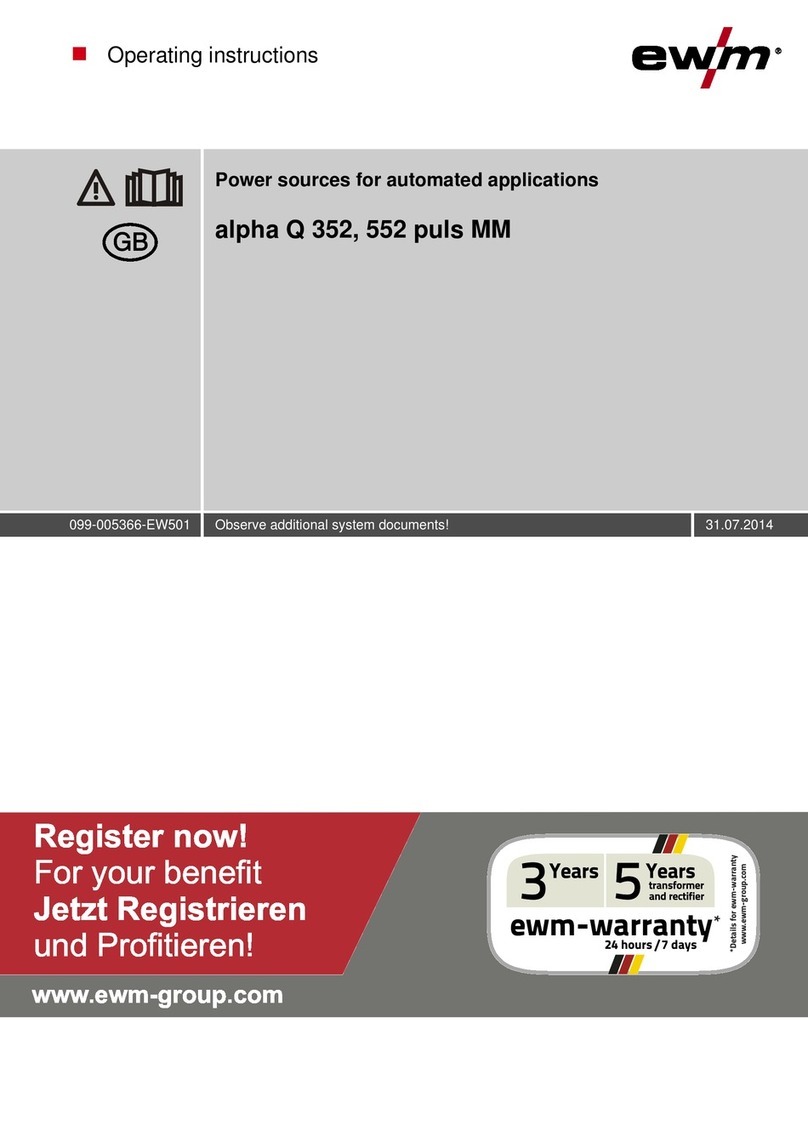
EWM
EWM alpha Q 352 puls MM operating instructions
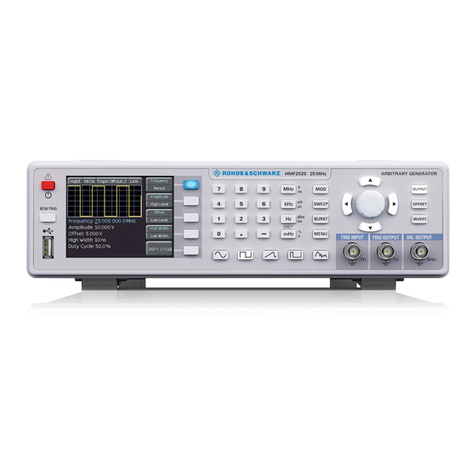
Rohde & Schwarz
Rohde & Schwarz HMF2525 user manual
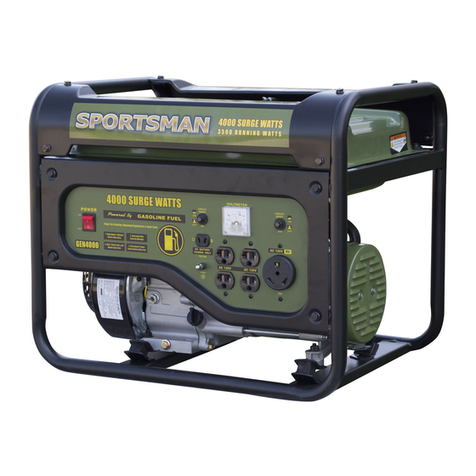
Sportsman
Sportsman GEN4000 Step-By-Step Quick Start Guide
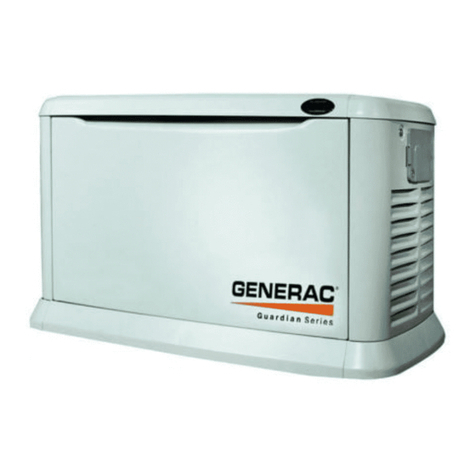
Generac Power Systems
Generac Power Systems 6244 owner's manual

Yamaha
Yamaha EF2000iS - Inverter Generator owner's manual
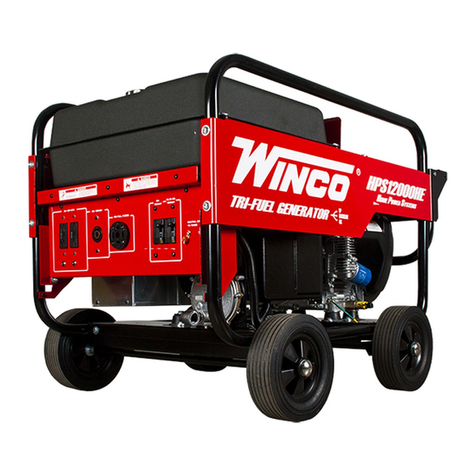
Winco
Winco Home power HPS12000HE Installation and operator's manual
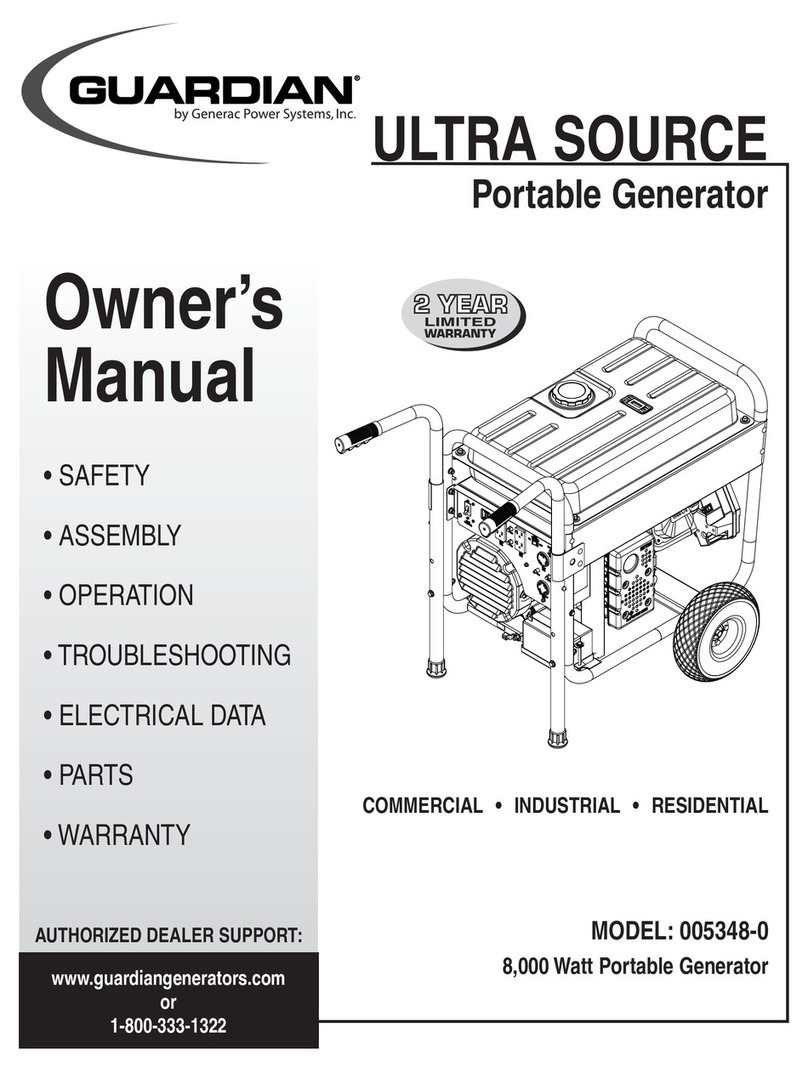
Guardian
Guardian 005348-0 owner's manual
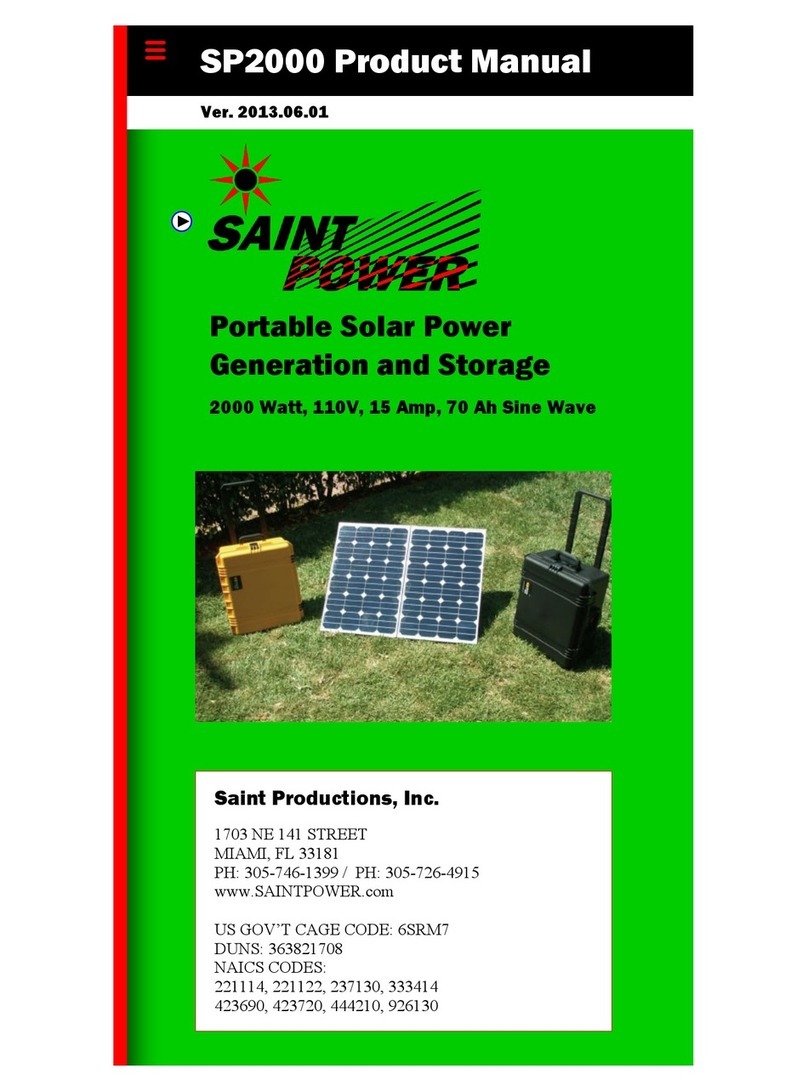
Saint Productions
Saint Productions SP2000 product manual
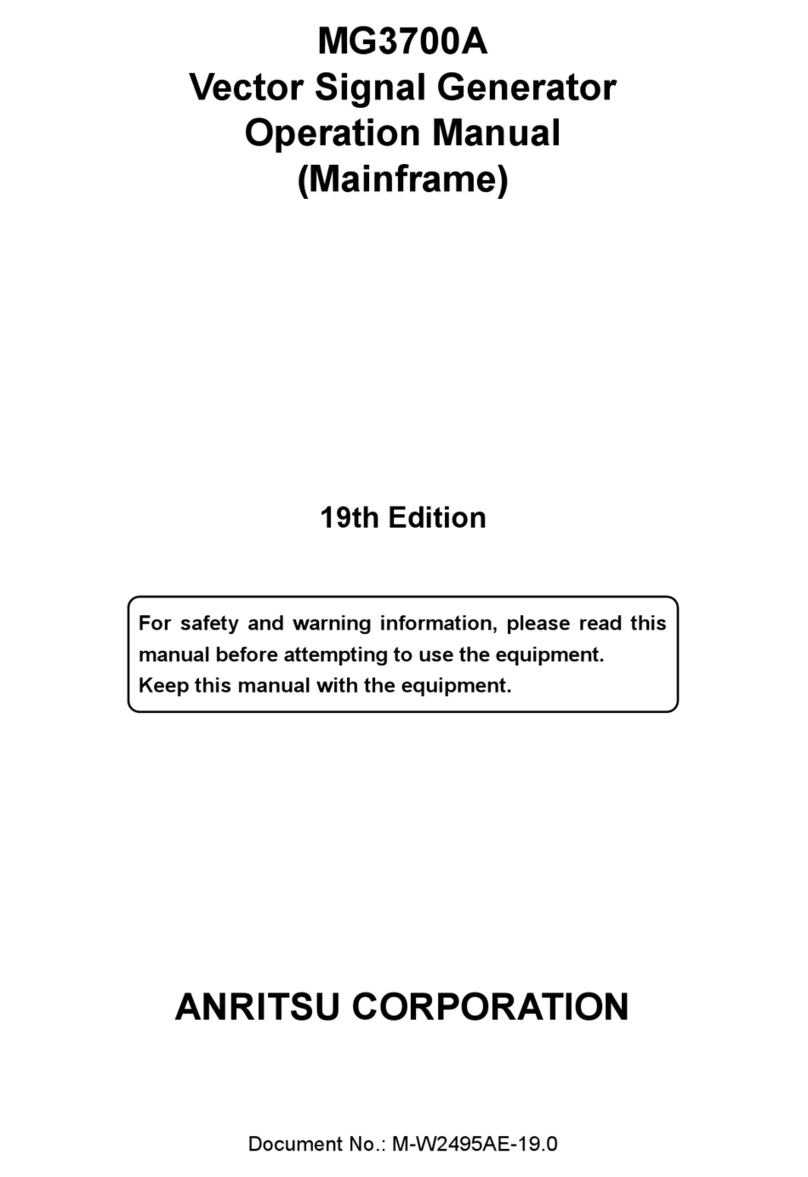
Anritsu
Anritsu MG3700A MG3700A Operation manual
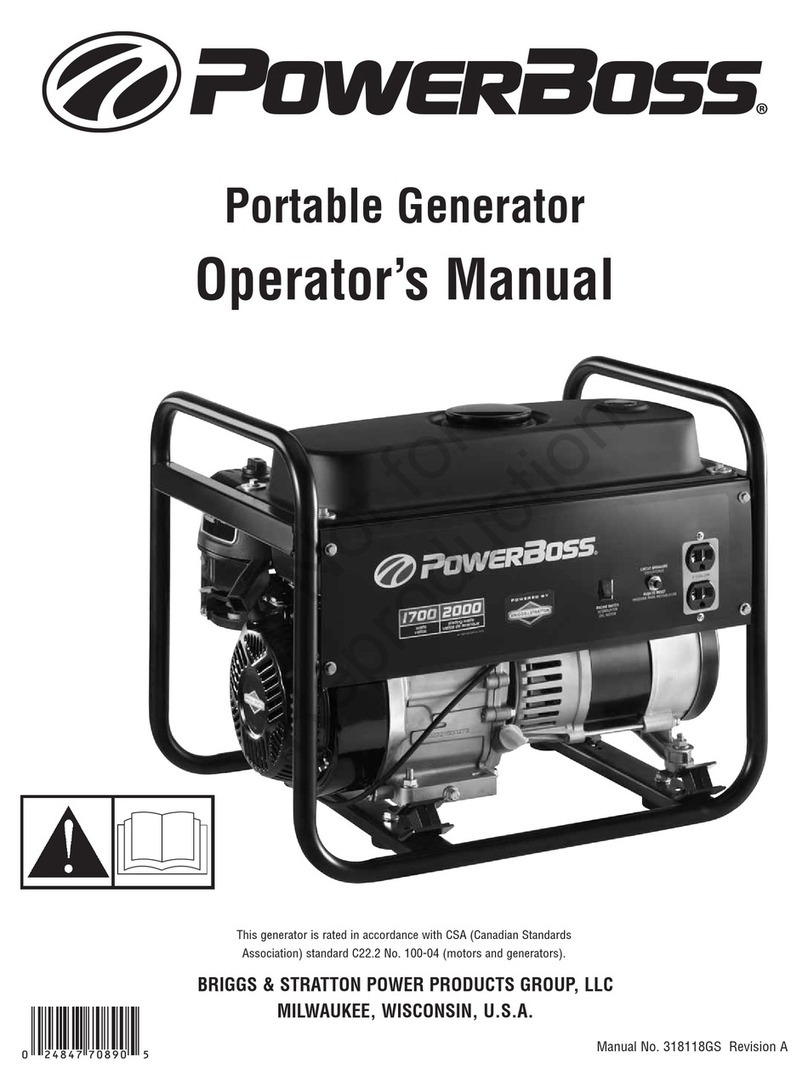
PowerBoss
PowerBoss PowerBoss Operator's manual

